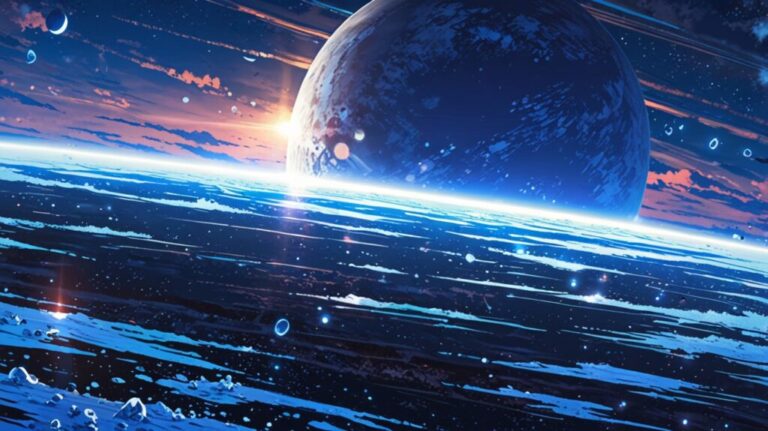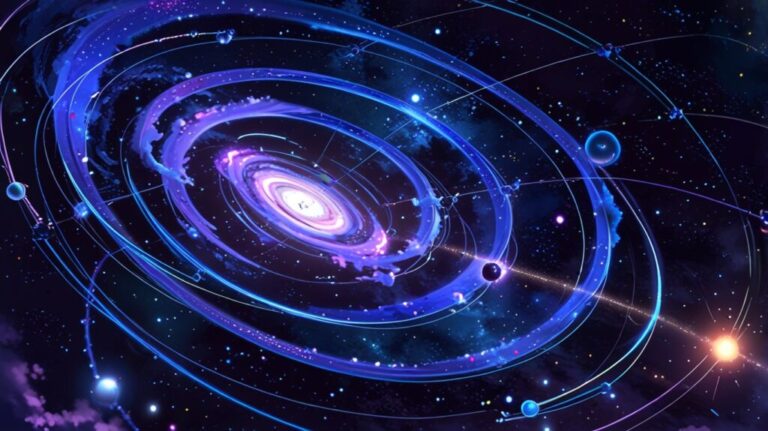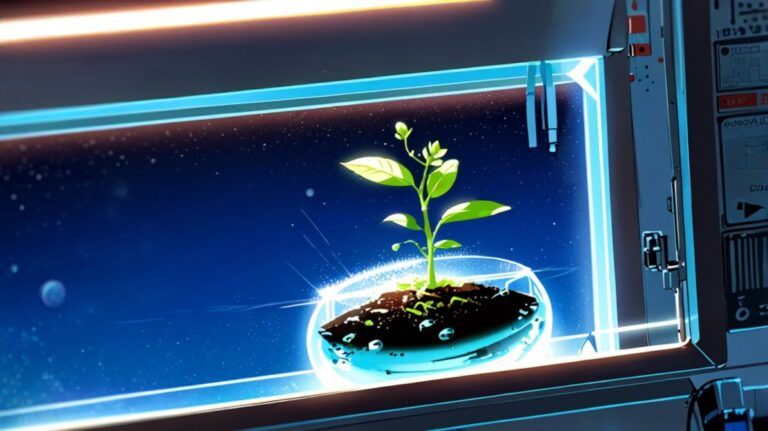Can Saturn’s New Moons Reshape Planetary Science?
Can Saturn’s New Moons Reshape Planetary Science?
Alright, let’s talk about something seriously cool — and no, I’m not just saying that because we’re talking about outer space (which is automatically cool). I’m talking about Saturn’s moons. Or actually, Saturn’s new moons. Yeah, apparently Saturn’s been hiding a whole gang of them, and scientists just found more.
And now the question floating around (like space debris) is: Can these newly discovered moons actually reshape planetary science?
Spoiler alert: yes. But not in the “aliens live there” kind of way (sorry), more in the “everything we thought we knew might need a bit of rethinking” kind of way. So let me break it down for you in plain language — the way I would if we were just hanging out, sipping coffee, and talking about how insane the universe is.
First Off, Wait… New Moons?
Yep. Saturn already had a ridiculous number of moons (more than any other planet in our solar system), but recently, astronomers discovered dozens more — bringing the grand total to 145 moons. That’s more than Jupiter, and definitely more than Saturn probably needs, but hey — Saturn’s gonna Saturn.
These new moons are mostly small — like, some are only a kilometer or so wide. They’re not big and flashy like Titan (Saturn’s largest moon, which, side note, has its own atmosphere), but they’re still a big deal.
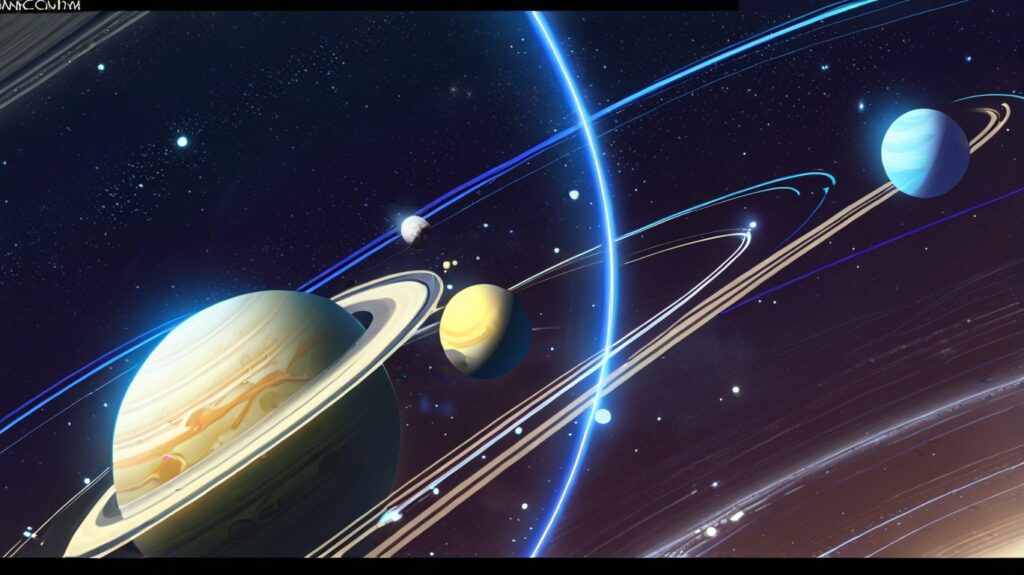
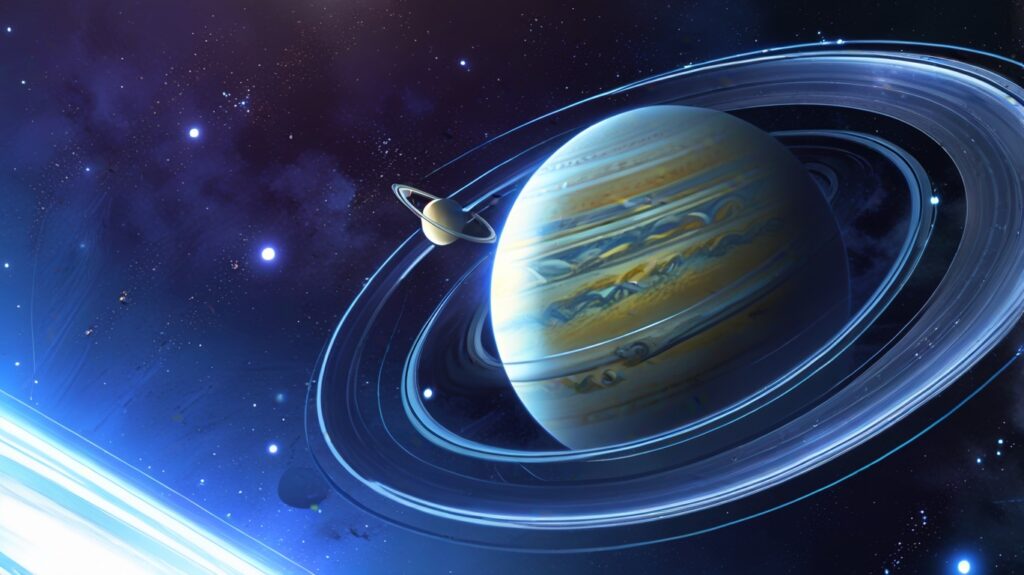

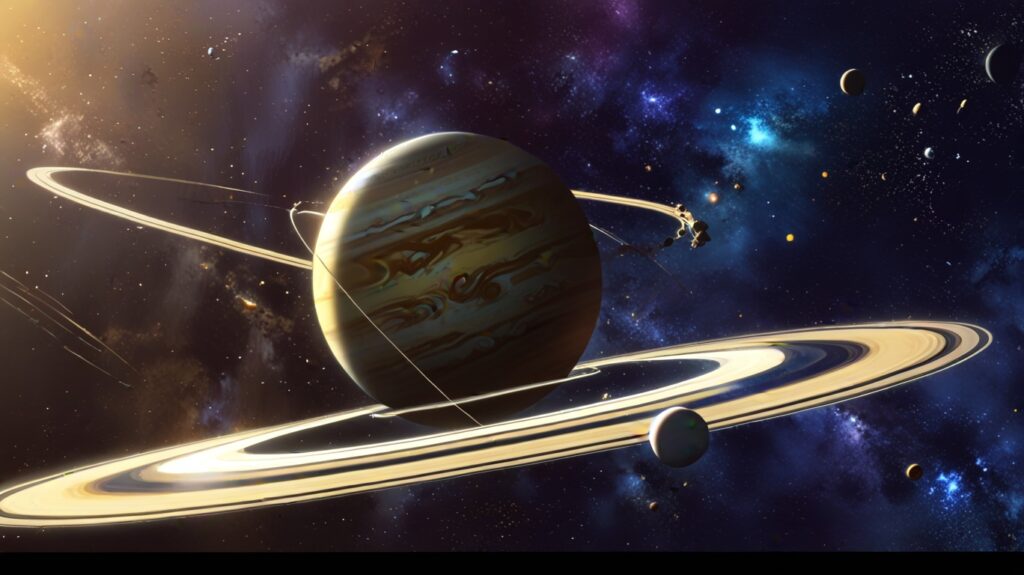
Why Should We Care About These Tiny Moons?
Fair question. I get it — when you hear “new moons,” it’s easy to imagine them as just more little rocks floating around in the void. But here’s the thing: they tell a story.
These moons are like cosmic fossils. They hold clues about:
- How Saturn formed,
- What its early years were like,
- And how violent and messy the solar system used to be.
Some of these moons are probably leftover chunks from bigger moons that got destroyed in ancient moon-on-moon collisions. Yeah. Moon fights. Epic, right?
Studying these new moons gives scientists a way to reconstruct Saturn’s past, kind of like piecing together an old family photo that got ripped up and scattered across space.
So… How Exactly Do They “Reshape” Planetary Science?
Alright, here’s where it gets juicy.
1. They Challenge Our Definitions
We’ve always had this loose definition of what counts as a moon. But with these new discoveries, especially since some are so small and oddly shaped, scientists are like, “Wait… at what point does a moon stop being a moon and just become a space rock that follows you around?”
That might sound silly, but in science, how we define things matters. These moons are forcing experts to revisit how we classify celestial bodies — and that affects everything from how we catalog exoplanets to how we understand other solar systems.
2. They Reveal the Chaos of Saturn’s Past
The new moons are split into groups — some orbit in the same direction as Saturn spins (prograde), and others go the opposite way (retrograde). That’s a clue.
Retrograde moons often come from captured objects — stuff that wandered too close to Saturn and got pulled in. It’s kind of like Saturn was the bouncer at a cosmic nightclub and decided to let some weird outsiders stay forever.
Also, the fact that so many moons are irregular and fragmented? That suggests collisions — lots of them. Studying those patterns gives scientists insight into how violent the early solar system really was. (Spoiler: very.)
3. They Help Us Understand Other Planetary Systems
When we find new moons and study how they behave, it helps us understand what might be happening in other solar systems too. Because Saturn isn’t unique in having moons — it’s just the one we can see up close.
So if a planet in another solar system has a bunch of small objects orbiting it, we now have a better idea of what that might mean — because we’ve seen it play out with Saturn. It’s like using our own backyard as a training ground before exploring the universe.
Saturn’s Moons Are Kind of Like a Time Machine
No, not literally (though how cool would that be?). But seriously — studying these moons is like looking through a window into the past. Some of them haven’t changed much since the early days of the solar system.
By analyzing their orbits, shapes, and compositions, scientists can figure out what conditions were like billions of years ago — when planets were still forming, smashing into each other, and stealing each other’s moons. You know, normal space drama.
It helps us answer big questions like:
- How do gas giants form?
- Why do some planets have rings and others don’t?
- And what kind of chaos created the solar system we live in now?
It’s Not Just Science — It’s Storytelling
Here’s what I love about all of this: science isn’t just about facts. It’s about stories. And these moons? They’re tiny storytellers orbiting a giant planet, carrying tales from the ancient universe.
Every time we find one, it’s like uncovering a lost chapter. Maybe it’s not flashy. Maybe it’s just a lump of rock with a weird orbit. But it means something.
And that “something” is helping scientists reshape the way we think about planets — not just Saturn, but all planets, everywhere.
Final Thoughts
So… can Saturn’s new moons reshape planetary science?
Absolutely. They’re tiny, silent, floating reminders that the universe is always more complicated, more mysterious, and more connected than we thought. They challenge our definitions, give us clues about the past, and help us build better models for the future.
Plus, let’s be real — there’s just something magical about a planet with 145 moons. It feels poetic. Like Saturn isn’t just a planet, it’s a solar system within a solar system.
And honestly? That kind of discovery never stops being cool.
Related Articles from EdgyThoughts.com:
Why Emotional Intelligence Is Finally Being Taught in Schools
https://edgythoughts.com/are-schools-teaching-emotional-intelligence-now
Is VR the Future of Classroom Learning?
https://edgythoughts.com/is-vr-the-future-of-classroom-learning
External Resource:
Learn more about Saturn’s moons and recent discoveries:
Moons of Saturn – Wikipedia


